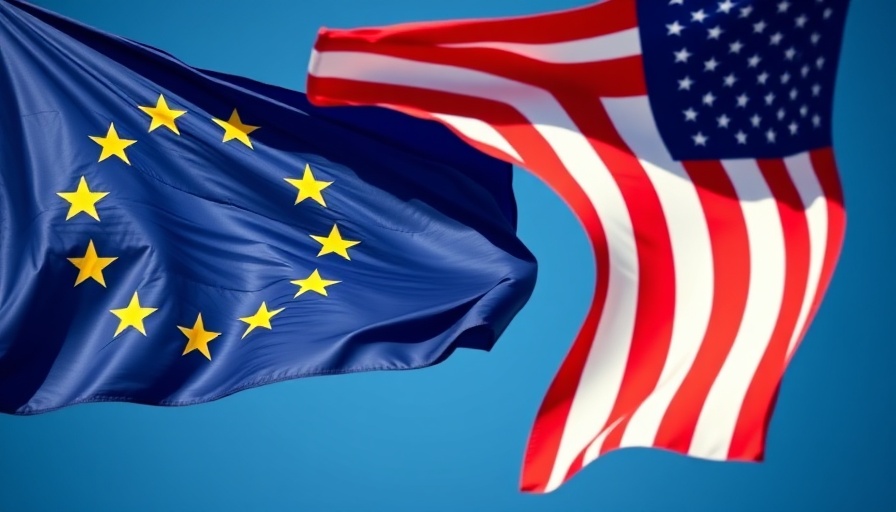
The Misunderstood VAT: Tackling Common Misconceptions
The value-added tax (VAT) is often misconstrued as a punitive financial mechanism that disproportionately burdens American exports to the European Union. This misunderstanding has been exacerbated by recent political rhetoric that frames the VAT as a kind of tariff, deepening the divide between American and European trade practices. However, a closer examination reveals that VAT serves a fundamentally different purpose than traditional tariffs. While tariffs impose direct costs on imports, VAT is a tax collected incrementally throughout the production process, ultimately serving the same end consumer without creating the heavy burdens associated with tariffs.
Historical Context of VAT in Trade Relations
The introduction of the VAT in European countries back in the 1960s sparked significant debate in the United States, particularly among firms engaged in export activities. Critics contend that the VAT, through its structure of imposing taxes on imports while rebating them on exports, gives European companies an edge. Historically, U.S. companies have pushed for countervailing measures against this perceived disadvantage, leading to lengthy negotiations in international trade forums like the General Agreement on Tariffs and Trade (GATT). Such discussions underscore the necessity for American businesses to understand the implications of VAT rather than merely react to it.
Reevaluating U.S. Tax Structures for Enhanced Competitiveness
The notion that European VAT policies reduce U.S. competitiveness overlooks critical domestic challenges. In reality, many of the hurdles faced by American enterprises stem from outdated federal and state tax systems that create tax pyramiding scenarios—where the same product is taxed multiple times throughout its production cycle. As pointed out by tax experts, these inefficiencies should be at the forefront of discussions regarding trade competitiveness, rather than attributing barriers to foreign tax policies.
Bridging the Gap: Building Understanding Between U.S. and EU Policies
Building mutual understanding between U.S. and EU tax policies is crucial for healthy international trade relationships. The complexity of various tariffs, duties, and taxes can create a communication barrier that could otherwise be surmountable with consistent dialogue. As companies seek to navigate these intricate regulations, a collaborative effort could yield significant benefits for both U.S. exporters and the European counterparts, leading to a more balanced trade environment.
Future Trade Trends: The Road Ahead
Looking toward the future, experts warn that if major trade partners fail to adapt to evolving tax regimes, substantial economic repercussions could ensue. The U.S. must consider not only how it formulates tariffs and responds to European policies but also how it can reform internal practices to foster a thriving economic environment. Focusing on domestic tax reform can empower U.S. businesses to compete on a global scale and contribute positively to international dialogue.
Conclusion: A Call for Clarity and Reform
In the end, the discourse surrounding VAT and trade must shift from blame to clarity and reform. Both U.S. policymakers and businesses should approach the VAT as a complex but navigable part of international trade rather than an unfair barrier. By reassessing how domestic tax structures operate in the face of foreign policies, and advocating for changes that enhance competitiveness, American enterprises can position themselves more favorably on the world stage. For CPAs and small-to-medium businesses, embracing this knowledge is essential to thrive in an increasingly interconnected economy.
 Add Row
Add Row  Add
Add 




Write A Comment